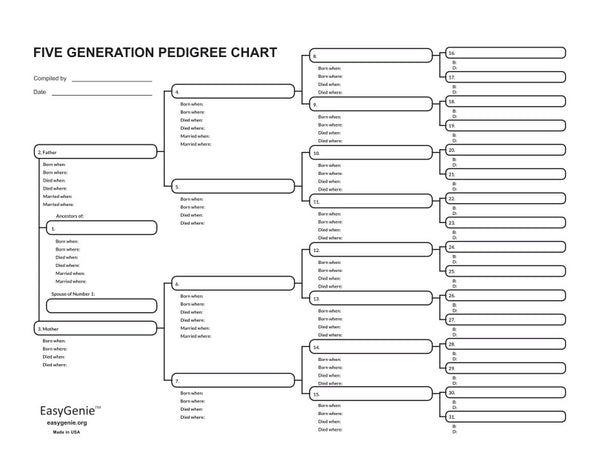
Recognizing the service of Cold War veterans
Ian LamontMonday is Veteran’s Day. In past years, this newsletter has covered family members who were veterans of wars such as World War I and World War II. This time, we would like to recognize veterans who served on the frontlines of the Cold War: the post-1945 standoff between the United States and its allies, and Communist countries aligned with the Soviet Union and the People’s Republic of China.

Millions of Americans took part on land, in the air, and on (and under) the sea. The Iron Curtain. The Bering Strait. The Korean DMZ. Checkpoint Charlie. Incidents along the front lines were commonplace, and there was always the potential for escalation as our adversaries pushed for more control. Do you remember hearing about the 1949 Berlin Airlift, the 1962 Cuban Missile Crisis, or the 1976 Panmunjom tree incident?

Maybe some of you served, or had a spouse or sibling or parent who was involved in some way. My father was one of hundreds of thousands of American service members stationed in Western Europe during the 1960s:

Nicole’s father served in an allied army in Asia, spending time on the frontline island of Quemoy in the 1950s during periods of intense shelling by the People’s Liberation Army. China's aggression prompted a massive American deployment of additional Air Force, Navy and Marine forces. The United States, then as now, stood shoulder to shoulder with its allies in Taiwan, Japan, and the Philippines.
Online records covering Cold War service are slim. The Library of Congress has a small collection of interviews with former service members who served all over the world. Branches of the military have their own Cold War archives but it’s mostly high-level summaries. Veterans and next of kin can submit an online request for free copies of certain service records via the National Archives.

And, of course, there are lots of stories of the Cold War from the service members themselves - be sure to record the interviews or use tools such as the EasyGenie Stories Kit to preserve them for the generations that follow.
To all veterans reading this: Thank you for your service!







